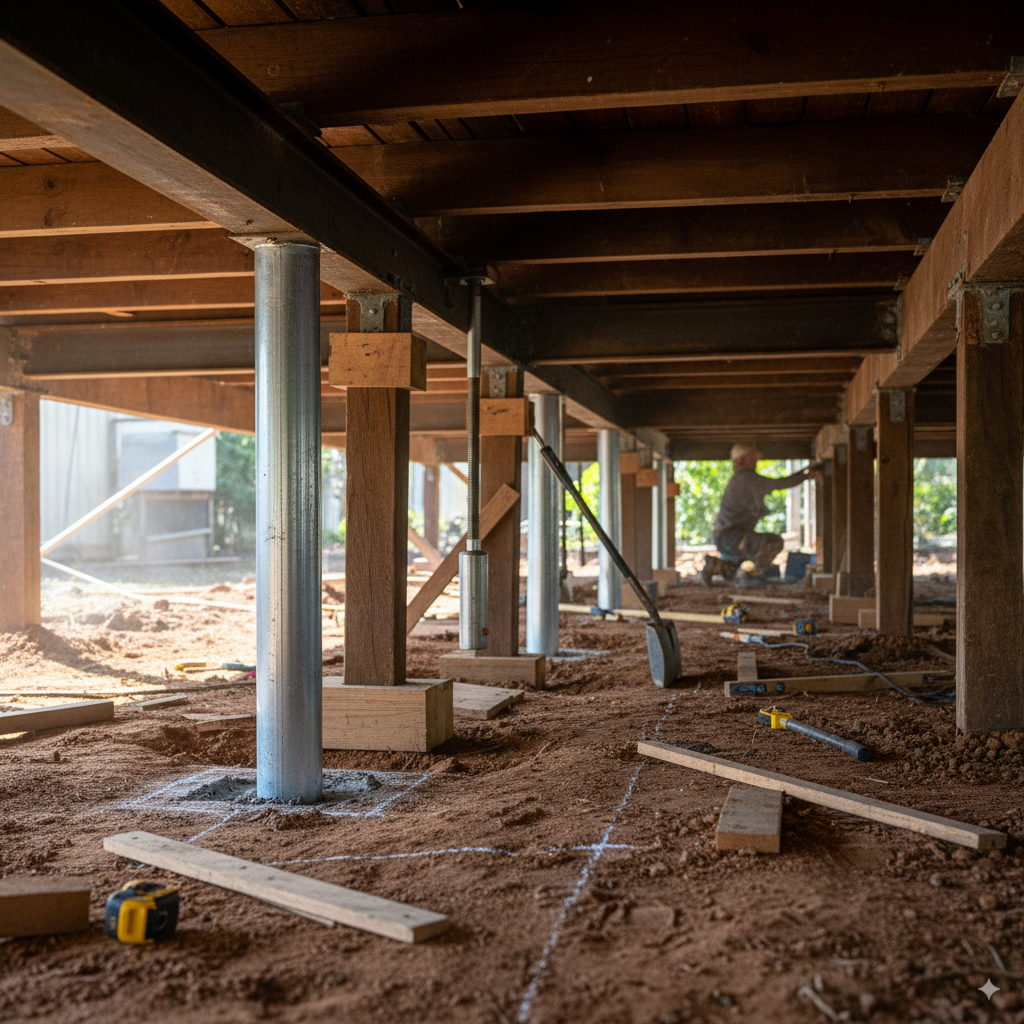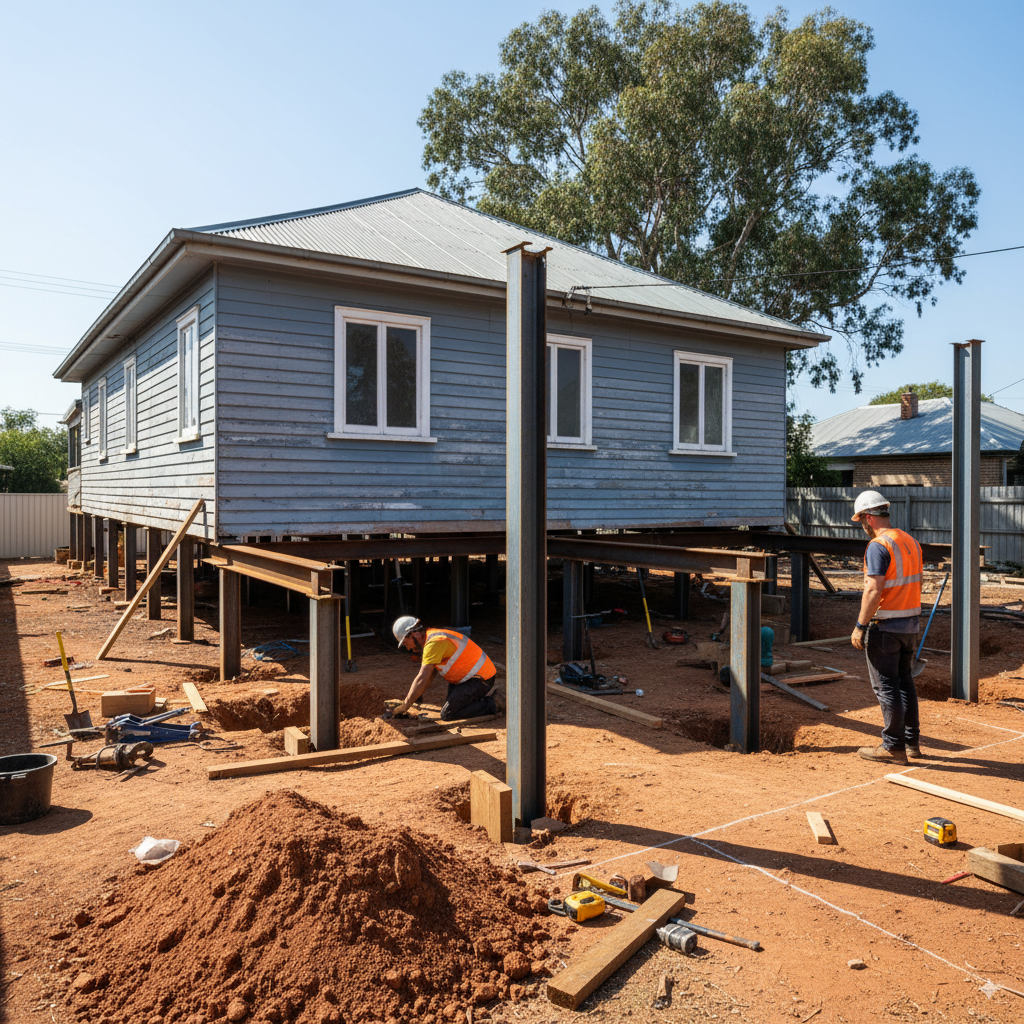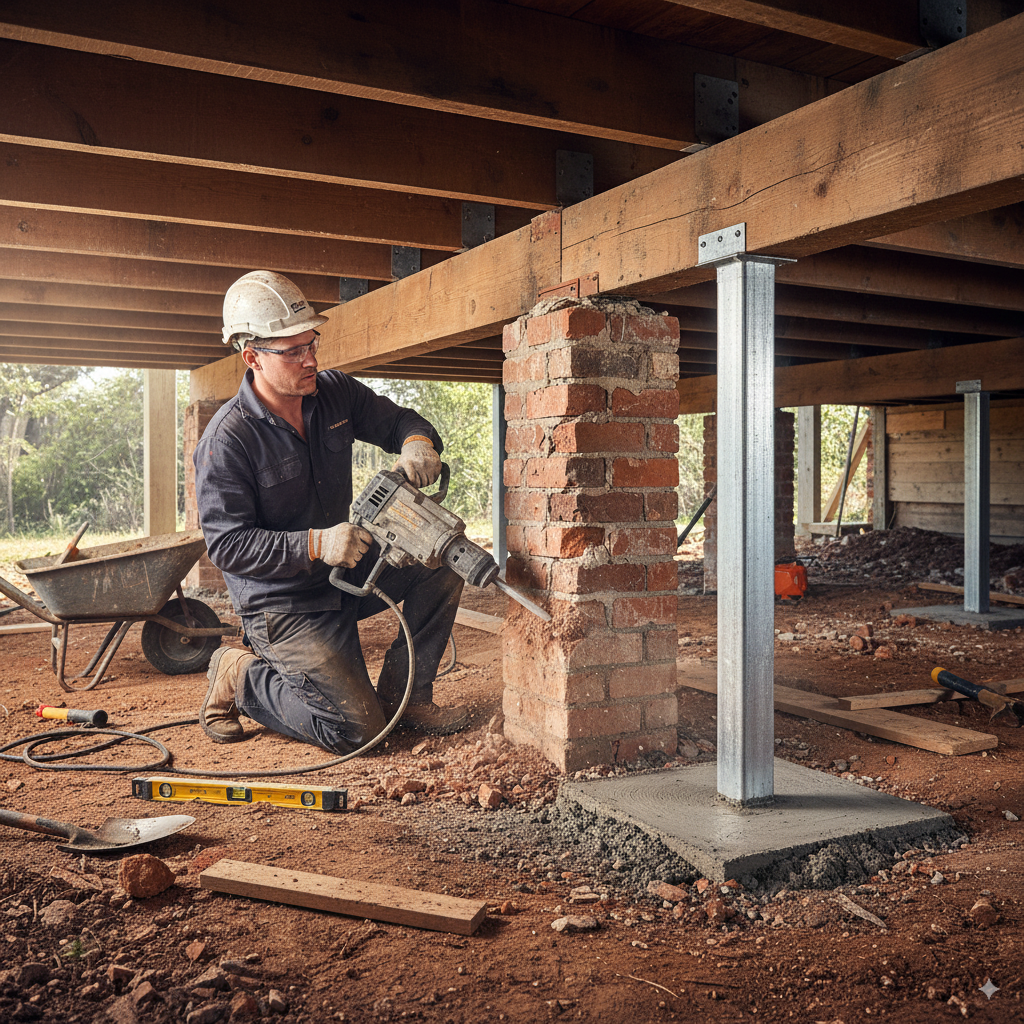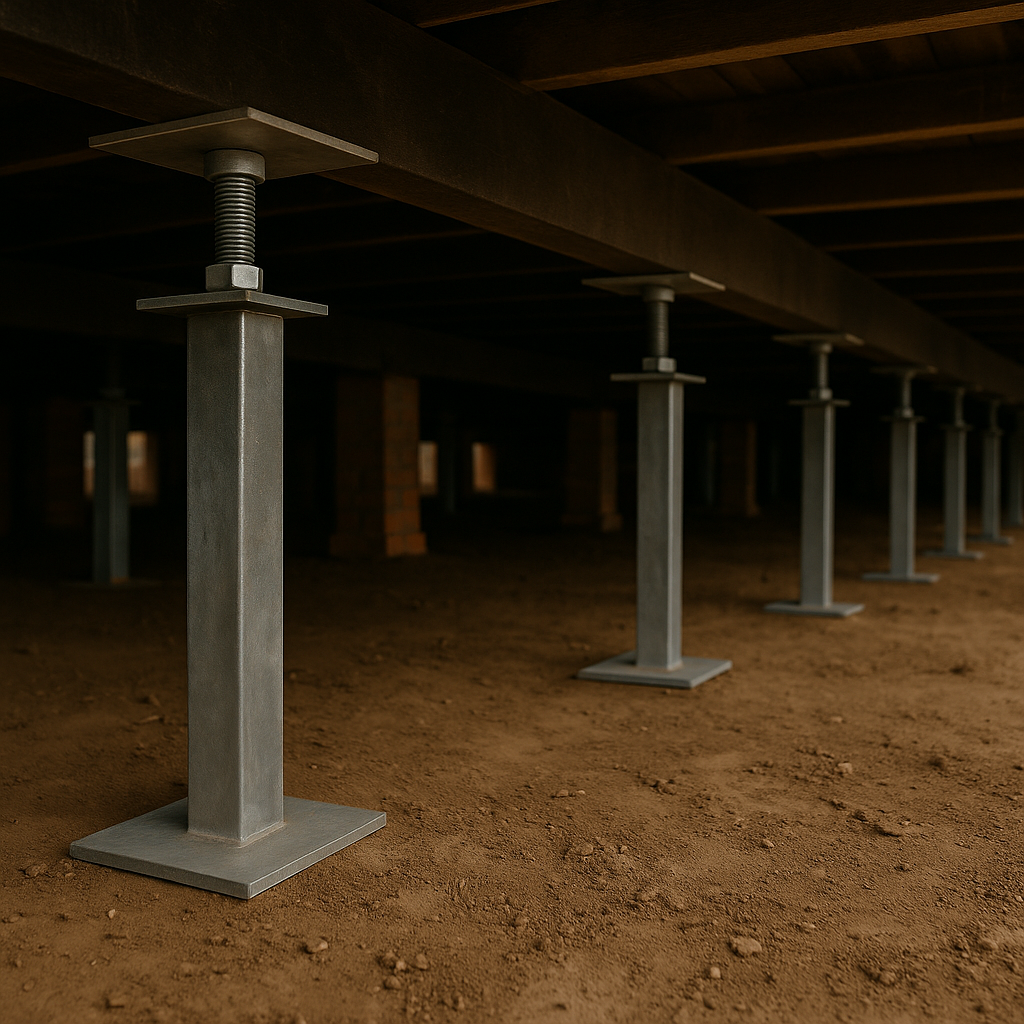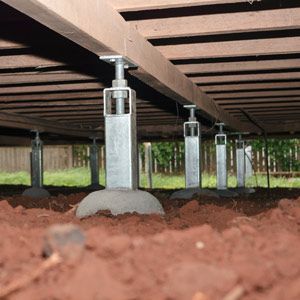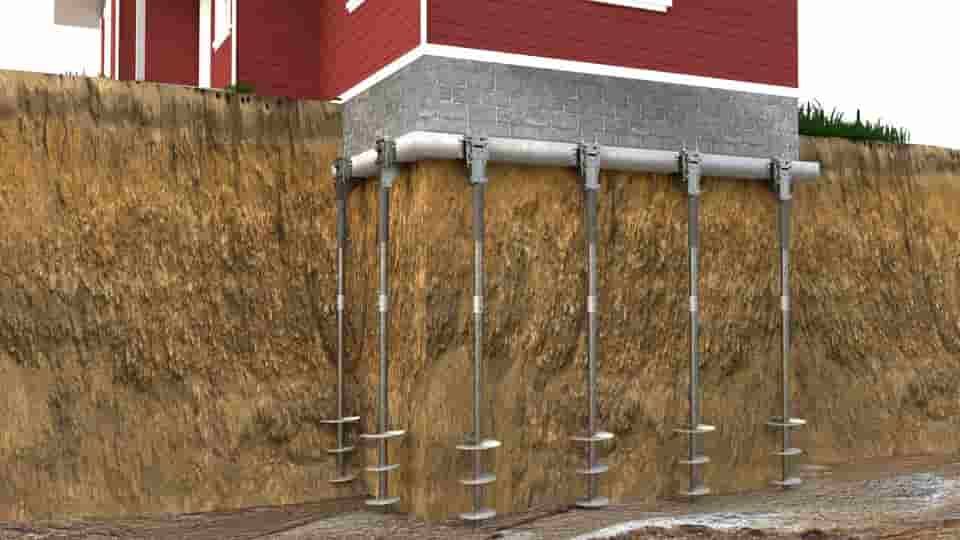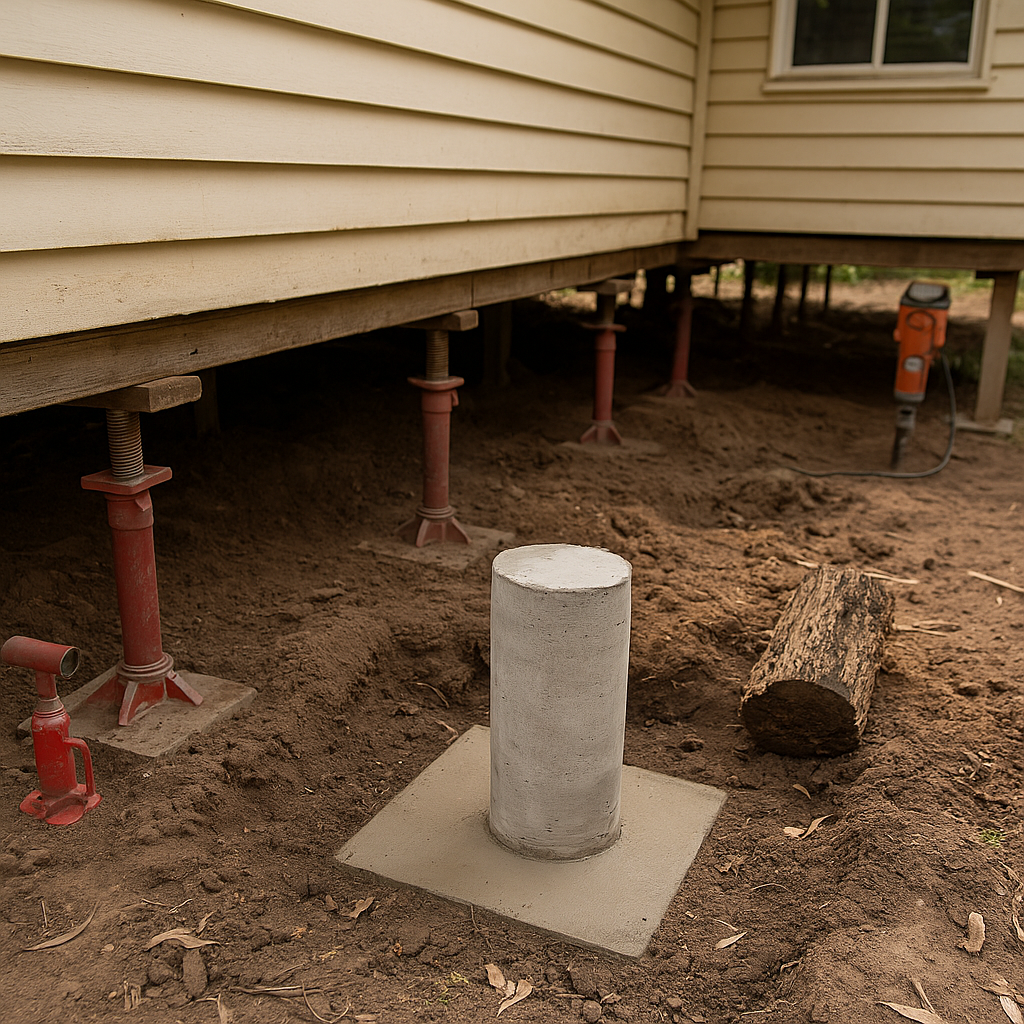House Levelling Costs in Sydney – 2025 Guide for Homeowners
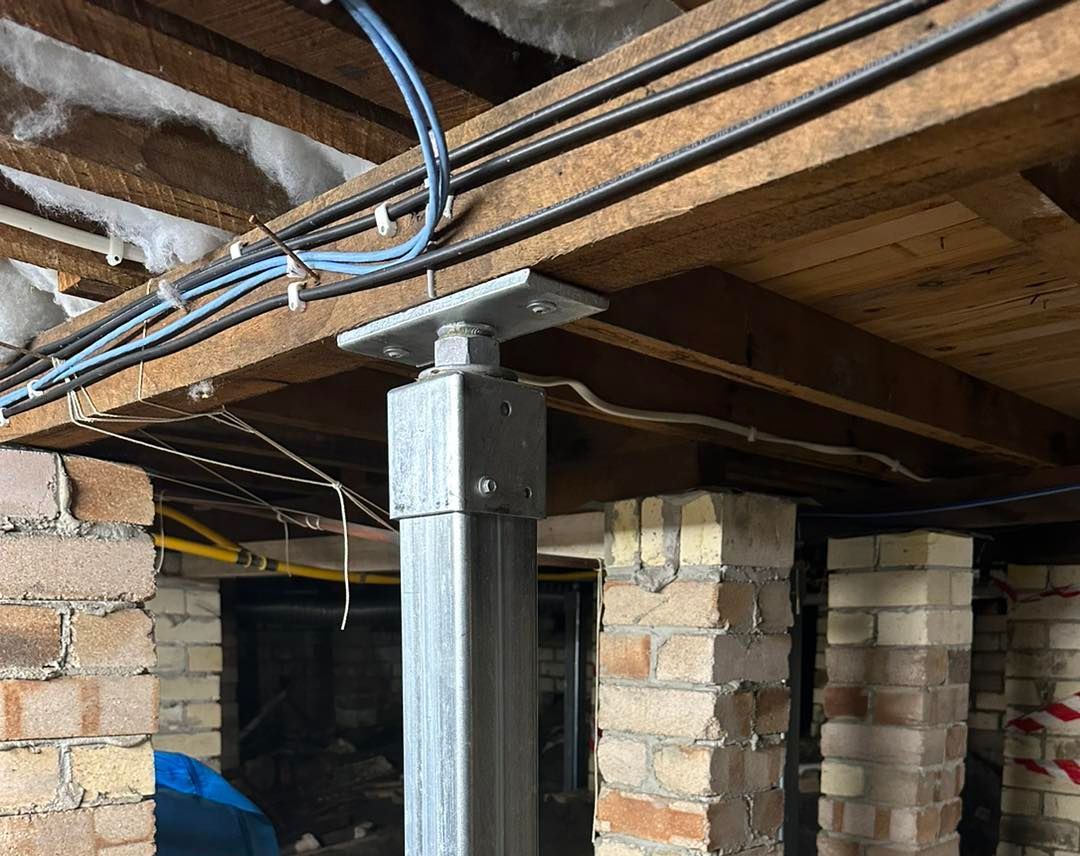
House Levelling Costs in Sydney – 2025 Guide for Homeowners
If your home’s showing signs of movement — cracks in the walls, sloping floors, doors that stick — it’s natural to start wondering: How much is this going to cost me?
The truth is, the cost of house levelling in Sydney can vary a lot depending on what’s going on under your home. But don’t stress — we’re breaking it all down in this no-nonsense 2025 guide so you can budget with confidence.
What Impacts the Cost of House Levelling?
A few key things will determine how much you’ll need to invest:
1. Type of Foundation
Is your home on timber stumps, concrete piers, or a slab? Each one requires different techniques. For example, replacing stumps is a very different job to underpinning a sunken slab.
2. Extent of the Damage
A single room with minor sinking will cost less to fix than a full house that’s dropped significantly. The bigger the problem, the more work (and materials) are needed.
3. Access to the Subfloor
If your home is raised and easy to work under, the job’s more straightforward. Tight access or homes built into sloping blocks may need extra labour or equipment.
4. Levelling Method Required
From reblocking and structural levelling to full underpinning or concrete injection, the method used will heavily affect pricing.
Average House Levelling Costs in Sydney (2025)
Here’s a general idea of what you might expect to pay, based on common jobs across Sydney:
- Reblocking or Restumping (partial): $4,000 – $10,000
- Full House Reblocking (timber homes): $12,000 – $25,000
- Underpinning (per pier): $2,500 – $4,000
- Floor Levelling Compound (per room): $500 – $1,200
- Structural Levelling (including jacking): $5,000 – $15,000
Note: These are ballpark figures. Actual pricing will depend on site conditions, size of your home, and the complexity of the job.
What’s Included in a House Levelling Quote?
A proper house levelling Sydney quote should include:
- A full site inspection and structural assessment
- Custom levelling plan for your home’s foundation type
- Labour, equipment, and materials
- Removal of old stumps or damaged footing materials
- Site clean-up and post-work adjustments
- Building code compliance and, where needed, engineer certification
Always be wary of rock-bottom quotes — they often skip crucial steps or use lower-quality materials.
Can You Claim It on Insurance?
Sometimes, but not always. Most insurance policies won’t cover floor levelling or structural repairs caused by age, soil movement, or general wear and tear. But if the issue was triggered by a sudden event like a burst pipe or storm damage, you may have a case. It’s worth checking your policy and speaking to your provider.
We’re also happy to provide inspection reports to support any claim.
Is Financing or Staging an Option?
Absolutely. We understand that unexpected foundation repairs can be a big cost. At Sydney House Leveling, we offer flexible options:
- Stage-by-stage work (for larger projects)
- Payment plans via approved finance providers
- Clear quotes with no hidden extras
Get a Free Inspection and Quote
Still unsure where your home stands? That’s what we’re here for. We offer:
- Free onsite inspections
- Transparent, itemised quotes
- Tailored levelling solutions based on your home’s age, structure, and budget
Let’s take the guesswork out of it — and get your home back on level ground. Contact us today!
